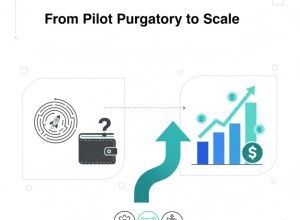Testing Python Pipelines in a Simulated Plant
Before deploying Python in live production, engineers should validate every data pipeline in a digital twin or simulated environment. This prevents costly downtime and ensures predictable behavior under edge conditions.
Why Simulation Matters
- Allows full pipeline testing without touching production systems.
- Verifies response to abnormal data, network loss, or device restarts.
- Improves maintainability by identifying hidden dependencies.
Simulation Tools and Frameworks
- Factory I/O or TwinCAT Simulation Manager: Simulate PLC logic and field devices.
- Docker Compose + MQTT brokers: Model multi-container data flows.
- pytest + mock: Automate Python unit tests with synthetic I/O data.
Testing Workflow
- Connect Python script to simulated OPC UA or MQTT data sources.
- Inject abnormal or missing data to test error handling.
- Monitor latency, CPU use, and memory footprint during runtime.
Case Example
An electronics manufacturer simulated its edge AI pipelines using Docker containers and MQTT brokers before rollout. The pre-tests caught a buffer overflow that could have caused intermittent data loss during production.
Related Articles
- Pandas + Historians: Fast Root-Cause Analysis
- Python Next to PLCs: Safety, Sandboxing, and IPC
- When to Keep Python Off the Line: Risk-Based Rules
Conclusion
Simulation transforms Python from “trial and error” into engineering discipline. By validating in a controlled environment, you ensure safety, determinism, and confidence before going live on the factory floor.









































Interested? Submit your enquiry using the form below:
Only available for registered users. Sign In to your account or register here.